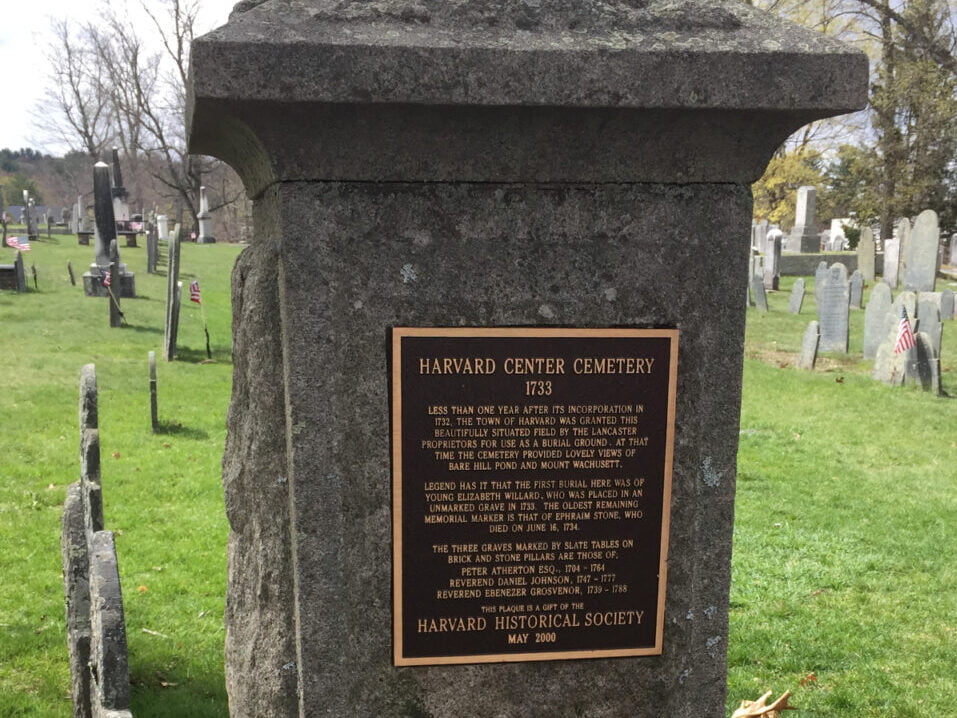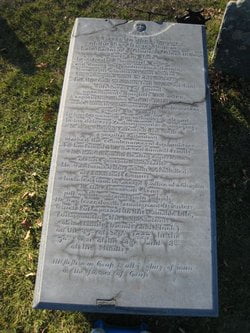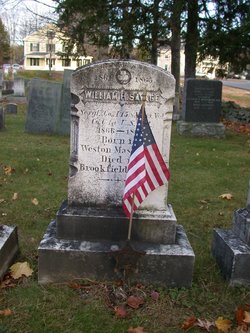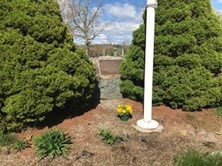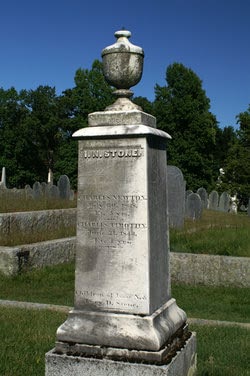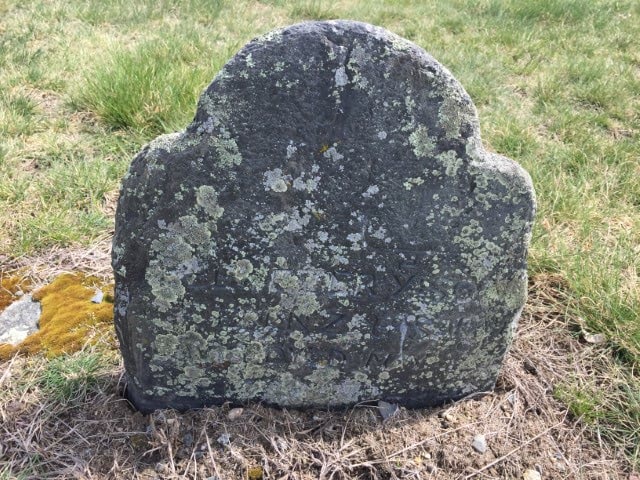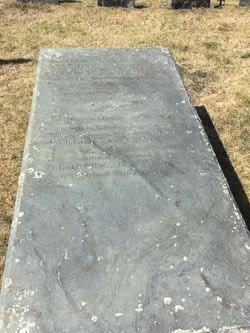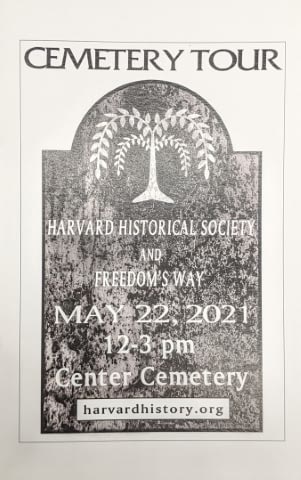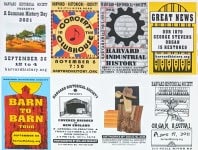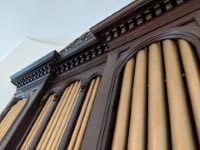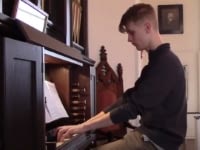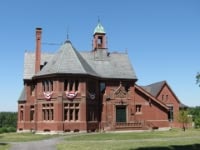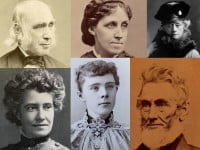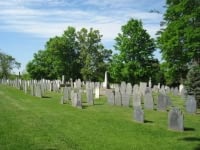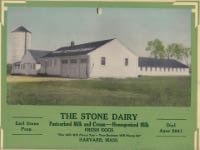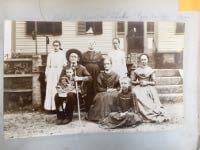Center Cemetery Tour
Visit the resting places of the people who made Harvard.Self-guided Tour
You can do the self-guided tour using the online information below or you can download the Cemetery Tour Booklet here.
When visiting the Cemetery, please remember:
- Visitors are kindly asked to respect the graves and cemetery property while enjoying the tour.
- Please refrain from touching or sitting on grave markers.
- Grave rubbing is not allowed
Grave Facts
First buried – Elizabeth Willard, 1716 – 1733
First stone – Ephraim Stone, 1716-1734
Last Burial – Phyllis Arlene Buddington 1943-2009
Total number of burials – c. 2,311
Total Number of Males – 1076
Total Number of Females – 1,216
Children 18 & Under – 506
Over 90 years – 81
Longest Lives:
Rebecca Huse – 103 years, 2 months, 12 days
Absolom Ball Gale – 100 Years, 16 days
Most Popular Female Name – Mary 133
Most Popular Male Name – John 83
Most frequent surnames – Whitney 142, Willard 121
Each of these former residents pursued their dream of creating a better world for their children and each contributed to making Harvard a better place today. Whether you come and join us, are guided by our website, or our guide booklet, this tour is fun for all ages.
Rev. Daniel Johnson
May 14, 1747 – Sept 23, 1777Reverend Johnson was Harvard’s third minister. The town gave him land on the Southeast corner of the Commons as a house lot., and he is buried in the Center Cemetery.
(#1 on the map)
William Henry Hall
1843 – 1864William Henry Hall, a person of color born in Harvard on March 26, 1842, was the son of Henry and Jerusha Smith Hall. He worked as a farmer and day laborer, according to the 1860 US Census.
(#2 on the map)
Florence (Burt) Haskell
May 1840 – Oct. 1870Flora was inspired to join the war effort as a nurse, serving under Dorothea Dix who was recruiting for an all-female corps of nurses. Prior to this, all military nurses were men. At age 22, Flora joined the war and went to Washington.
(#3 on the map)
The Hearse House
In 1808 the town purchased a hearse wagon and a harness and built a small house at the northwest border of the burying ground in which to keep the new equipment. Both the hearse house and the town pound had to be moved in 1821 to make way for the Congregational Church. The hearse house was moved across the cemetery, along the wall by the eastern entrance on Mass. Ave. In 1846 it was replaced by the present white wooden structure, now used as a shed.
(#4 on the map)
Public Tomb
Adjacent to the south of the hearse house is a square brick “Public Tomb,” built in 1884 as a temporary resting place until burial could be arranged. It was no longer in use after 1892, when the center cemetery closed.
(#4 on the map)
William Henry Savage
Nov. 21, 1830 – Dec. 28, 1916Born to Charles and Anna (Thacher) Savage November 21, 1830, William Henry Savage’s thirst for adventure was probably inspired by his early life. In 1849, at the age of 18, he journeyed first to California and then to Australia in search of gold.
(#5 on the map)
The Tombs
At the Town Meeting of October 1, 1827, townspeople voted “to give Liberty to build tombs” under the directions of a committee of five men.
Unfortunately, the committee miscalculated and uncovered human remains while they were building the first tombs. The work stopped, and at the next annual Town Meeting, the committee was ordered to build their tombs “where they will neither disturb the dead nor offend the living.”
Twelve tombs in a row, running vertically north to south, were built into mounded earth toward the southern end of the burying ground.
The first burial in the tombs was John Fairbank in 1828, and it seems the bodies of four family members who had died earlier may have been relocated to his tomb. The last tomb burial was James Nourse in 1888. In all, there are 47 people buried in the tombs, with 10 in tomb seven and just one in tombs two and six.
(#6 on the map)
Founders Memorial
On Memorial Day 1995, the Harvard Cemetery Commission presented and dedicated a Founders Memorial in a ceremony on top of the tomb area in the old burying ground. The upright stone and plaque commemorate the 200 or so early settlers who came to Harvard, lived here, and were buried in unmarked graves. The plaque pays tribute to how the settlers “left their homes and families in search of new freedoms, a new way of life,” and they “pressed on, enduring all, to realize their dream, a town called “Harvard.’” The stone is from the Pin Hill Quarry and is a gift of the Saxl family.
(#7 on the map)
Margaret B. Blanchard
November 10, 1787 – November 29, 1876Margaret Bromfield Pearson Blanchard is best remembered as the founder of a secondary school in Harvard, a school that encouraged education for young women as well as young men.
(#8 on the map)
Isaac Newton Stone
Much of the slate used for gravestones throughout Harvard and the surrounding towns came from Harvard’s Pin Hill Quarry. According to Henry Nourse in “History of Harvard,” the first mention of this industry comes from the description of a lot of land as “where rocks have been dug for grave-stones,”. In the mid- to late-19th century, Nourse writes, “Some of these workmen kept in stock a collection of head and footstones, assorted sizes, set up in a grim row by the roadside to attract purchases. “
In 1839 Isaac N. Stone moved from Groton to 23 Fairbank St., Harvard, and formed a partnership with Benjamin K. Park. For the next 24 years, Park and Stone dominated the stonecutting business.
Their stones can be found throughout much of eastern and central Massachusetts, as well as southern New Hampshire. Isaac Stone was recognized for his Weeping Willow design and for signing his stones “I.N. Stone – Harvard.” He retired in 1863 and returned to Groton, Mass. Isaac Stone died in Charlestown, Mass. Oct 4, 1870.
(#9 on the map)
Ebenezer Davis
May 3, 1735 – May 23, 1735Ebenezer, son of Ebenezer and Sarah Davis, was only 20 days old when he died. His stone is the second oldest gravestone in the cemetery. The first was that of Ephraim Stone, who died at age 18 on June 16, 1734.
(#10 on the map)
Simon Stone
August 1, 1686 – October 22, 1746Simon Stone, born c.1686, foremost citizen and one of the founding fathers of Harvard, was the descendent of Deacon Simon Stone of Watertown, who came to America in 1635. The Stone family eventually settled in Groton, and in 1716, Simon was deeded 100 acres from Jonas Prescott, bounded by Old Mill Brook to Cold Spring Brook to the Robbins and Farnsworth properties.
(#11 on the map)
Peter Atherton
1705 – June 13, 1764Peter Atherton was Harvard’s first town clerk, and in that role, he entered the first records in the town books. He also served the town as assessor 15 times and as selectman 11.
(#12 on the map)
Othello
c. 1746 – 1818Othello was manservant to Colonel Henry Bromfield. According to Nourse’s “History of Harvard,” Othello was “an eccentric character, as well known in Harvard as his master.”

